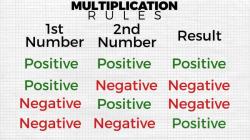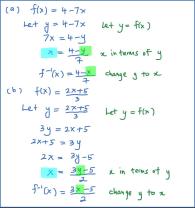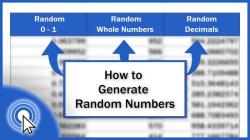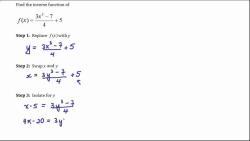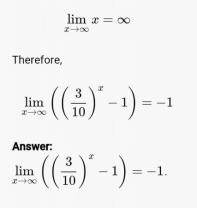How can you convert a percent to a decimal?
Converting a percent to a decimal is a simple process. You can use one of the following methods:
Method 1: Divide by 100
To convert a percent to a decimal, you divide the percent by 100. Here's the formula:
Decimal = Percent / 100
For example, if you have 25%, you divide it by 100:
25% = 25 / 100 = 0.25 (as a decimal)
Method 2: Shift the Decimal Point
Another way to convert a percent to a decimal is to shift the decimal point two places to the left. In other words, you move the decimal point in the percent two places to the left. This method is often used for mental calculations.
For example, if you have 40%, you move the decimal point two places to the left:
40% = 0.40 (as a decimal)
Method 3: Recognize Common Conversions
You can also memorize some common conversions from percent to decimal to make the process faster:
- 1% = 0.01
- 10% = 0.10
- 25% = 0.25
- 50% = 0.50
- 75% = 0.75
- 100% = 1.00
These common conversions can be especially helpful for mental math and quick calculations.
Converting a percent to a decimal is essential for various mathematical and financial calculations. It's a fundamental skill to understand how percentages relate to fractions and decimals in mathematics.
Step-by-step instructions for converting a percentage to a decimal:
- Divide the percentage by 100.
- Remove the percent sign.
- The remaining number is the decimal equivalent of the percentage.
For example, to convert 25% to a decimal, you would divide 25 by 100, which is 0.25. So, 25% is equal to 0.25.
Understanding the relationship between percentages and decimals:
A percentage is a number out of one hundred, and it is represented by the symbol "%." A decimal is a number that contains a decimal point. The decimal point separates the whole number part of the number from the fractional part of the number.
For example, 0.25 is a decimal number. It can also be represented as 25/100, or 25%.
Decimal conversion techniques for different types of percentages:
There are a few different techniques that you can use to convert percentages to decimals. The most common technique is to simply divide the percentage by 100. This technique works for all types of percentages, including whole numbers, fractions, and decimals.
Another technique that you can use to convert percentages to decimals is to move the decimal point two places to the left. This technique works for whole number percentages.
For example, to convert 50% to a decimal, you can either divide 50 by 100 or move the decimal point two places to the left. Both methods will give you the same result, which is 0.50.
Using a calculator for quick and accurate percentage-to-decimal conversion:
If you need to convert a percentage to a decimal quickly and accurately, you can use a calculator. Most calculators have a percentage function that you can use to do this.
To use the percentage function on your calculator, simply enter the percentage that you want to convert and press the percent button. The calculator will then display the decimal equivalent of the percentage.
Examples of real-world applications of converting percentages to decimals:
Converting percentages to decimals is a useful skill to have for a variety of reasons. Here are a few examples of real-world applications of converting percentages to decimals:
- Calculating discounts and sales tax
- Computing interest rates
- Measuring grades and scores
- Following recipes
- Estimating expenses









